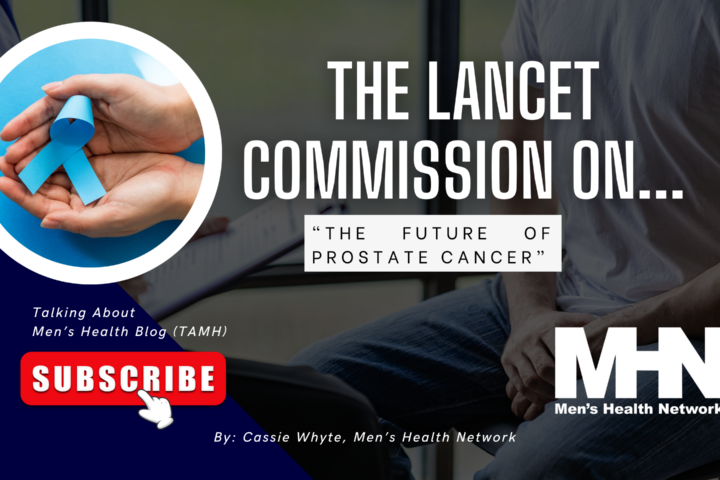Mohammad “Mo” Gawdat is a man who had it all. He has a degree in engineering paired with an MBA degree. He is a serial entrepreneur who has co-founded more than twenty businesses. He worked at IBM and Microsoft before joining Google in 2007 to start its business in Emerging Markets. Over a period of 6 years, Mo started close to half of Google’s operations worldwide. He was married and had a boy and girl who were his pride and joy. He reached the pinnacle at Google when he moved to Google X, where they seek moonshot solutions to the world’s biggest problems.
“Since the day I started working, I have enjoyed a great deal of success, wealth, and recognition,” Mo says. “Yet through it all, I was constantly unhappy. Mo finally hit bottom in 2001. “The relentless pace and the emptiness had led me into a very dark place. At that point I knew I couldn’t go on ignoring the problem. This pushy, unhappy person staring back at me in the mirror wasn’t really me and I was tired of trudging along in this tired, miserable, aggressive-looking guy’s shoes.”
He didn’t go to a psychiatrist or get a prescription for anti-depressants. He did something rather unusual. “I decided to take on my unhappiness as a challenge. I would apply my geek’s approach to self-study, along with my engineer’s analytic mind, to digging my own way out.” It took Mo nearly a decade to discover the answer. “By 2010 I’d developed an equation and a well-engineered, simple, and replicable model of happiness and how to sustain it that fit together perfectly.”
Now, Mo really was on top of the world, not because he had wealth, power, and a great job, but because he had found the secret for lasting happiness and joy. But life can bring tragedy as well as glory and Mo’s great tragedy came in 2014 when his 21-year-old son, Ali, came home for a visit. “Four days after he arrived,” Mo remembers, “Ali suffered an acute belly pain and was admitted to a local hospital where the doctors prescribed a routine appendectomy.”
As a parent I can feel the horror as Mo recounts what happened next. “When Ali was on the operating table, a syringe was inserted to blow in carbon dioxide to expand his abdominal cavity and clear space for the rest of the procedure. But the needle was pushed just a few millimeters too far, puncturing Ali’s femoral artery. Then things went from bad to worse. Precious moments slipped by before anyone even realized the blunder, and then a series of additional mistakes were made with fatal consequences. Within a few hours, my beloved son was gone.”
At Ali’s memorial hundreds of people came to share in the grief of his family’s loss. But there were so many positive memories of Ali’s life that people began to feel the love. “People wept in our arms,” Mo recalled. “But when we talked and they came to understand our view of Ali’s life and death, which were informed by our happiness model, they stopped weeping.”
In the weeks following Ali’s death, Mo felt his son’s presence and guidance. “Seventeen days after his death, I began to write. I decided to follow Ali’s advice and do something positive, to try to share our model of happiness with all of those who are needlessly suffering around the world.” Soon a book, Solve for Happy: Engineer Your Path to Joy, was completed. Initially, Mo set an ambitious mission: To help ten million people become happier.
However, the goal was quickly surpassed, the book has been translated into 28 languages, videosof Mo’s talks have gone viral, and he’s now reached more than 100,000,000 people with his message of hope, happiness, and joy. Now Mo has set an even more ambitious, but he believes a achievable, mission: To help one billion people become happier (that’s a thousand million for those like me who have trouble conceiving of big numbers). Check it out at #OneBillionHappy.
In the introduction to Solve for Happy, Mo says, “My hope is that by sharing Ali’s message—his peaceful way of living—I may be able to honor his memory and continue his legacy.” Mo remembered words of wisdom his son had given him two days before Ali’s unexpected departure. “Papa, you should never stop working. Keep making a difference and rely on your heart more often. Your work is not done.”
The book and the movement it inspires is a loving father and son’s legacy to the world. “It is my attempt,” says Mo, “to fulfill the task assigned to me by my happiness idol. For as long as I live, I will make global happiness my personal mission, my moonshot for Ali.”
So, what is the secret of happiness that Mo discovered? Well, you’ll learn more when you read the book and watch the videos, but here’s the simple beginning of how Mo found the secret of happiness. He began by writing a Happy List (you can do it yourself. It’s fun). Jot down some of the things that make you happy. “The list,” says Mo, “can be nothing more than a string of short, declarative sentences that get right to the point and complete the phrase:
“I feel happy when _______________.”
My own list includes: My son calls just to say hello, I watch a good basketball game, I hear birds singing, I admire the trees in my back yard, my wife smiles, my grandson does his happy dance.
Mo then wanted to see what all the things he listed had in common and came up with this simple happiness equation (Remember Mo is an engineer by training):

Which means that if you perceive the events as equal to or greater than your expectations, you’re happy—or at least not unhappy. Like many things in life, the formula is simple, but not easy to practice and live by. Mo reminds us that “It’s not the event that make us unhappy; it’s the way we think about it.”
If I expect my wife to always think I’m wonderful, I will be unhappy when she gets upset with me. If I expect my candidate to win the election, I will be unhappy when she loses and the other guy wins. I work a lot with people who are angry and depressed. Without exception the underlying issue comes down to the unhappiness that occurs when the events don’t meet our expectations.
Throughout Solve for Happy Mo offers simple summaries that act as mantras to remember. Here are a few:
- Happiness is the absence of unhappiness. This reminds me that I don’t have to search for happiness. I just have to eliminate the things that make me unhappy.
- Happiness is your default state. I can relax. Happiness is already mine.
- Success is not an essential prerequisite to happiness. I can get off the treadmill of chasing the next venture that I hope will bring me ultimate success.
- While success doesn’t lead to happiness, happiness does contribute to success. In other words if I “solve for happy,” success comes as a side-effect.
I know these catch phrases can seem like clichés and we can dismiss them as just more ya, ya, words to distract us from the real problems in the world. But when I think of the problems we face—from global warming to domestic violence and terrorism, from fake news to compromised elections, I know in my heart that they can be improved by people who are genuinely happy and joyful. I, for one, am inspired by Ali and Mo. I’ve joined the movement to help one billion people become happier. I hope you’ll join us. Your comments are welcome and appreciated. If you’d like to hear more about my own work with men and my commitment to help ½ billion men move from unhappiness and depression to happiness and joy, drop me a note to put “happy men” in the subject line.
This article first appeared on Jed’s blog.
Photo by Nathan Anderson on Unsplash




